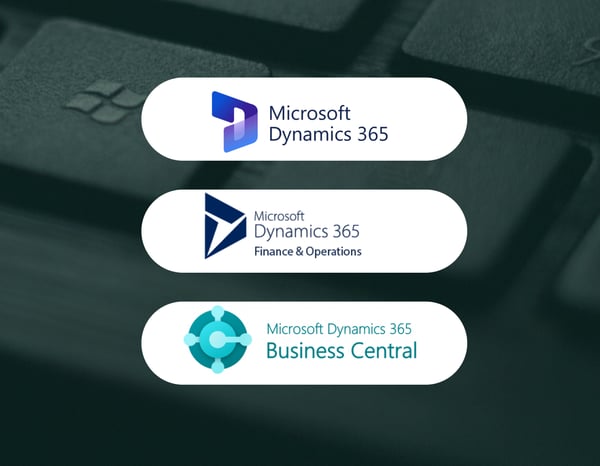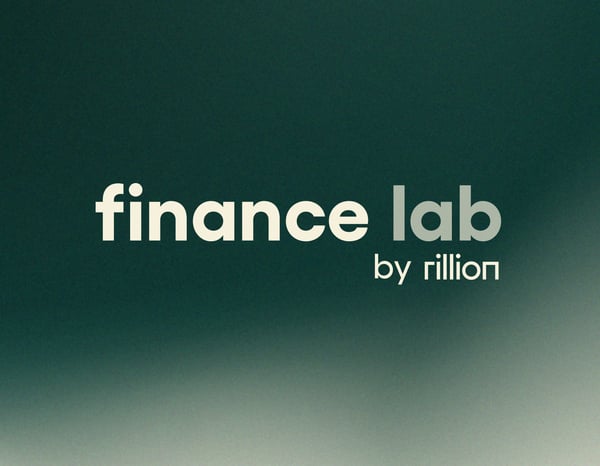
Blog
The Rillion blog
Insights and tips to help finance and AP teams work smarter, not harder. Plus, the latest news from Rillion.


5 signs your Business Central AP process is slowing you down

AI in accounts payable: Benefits, use cases & how it works

AP automation for Microsoft Dynamics 365, Business Central & Finance: The complete guide

8 common AP automation myths — and what’s actually true

AI in finance: Where are we in 2025?

AP automation boom: What finance leaders need to know in 2025

The changing role of the CFO

3 way matching in accounts payable for NetSuite

